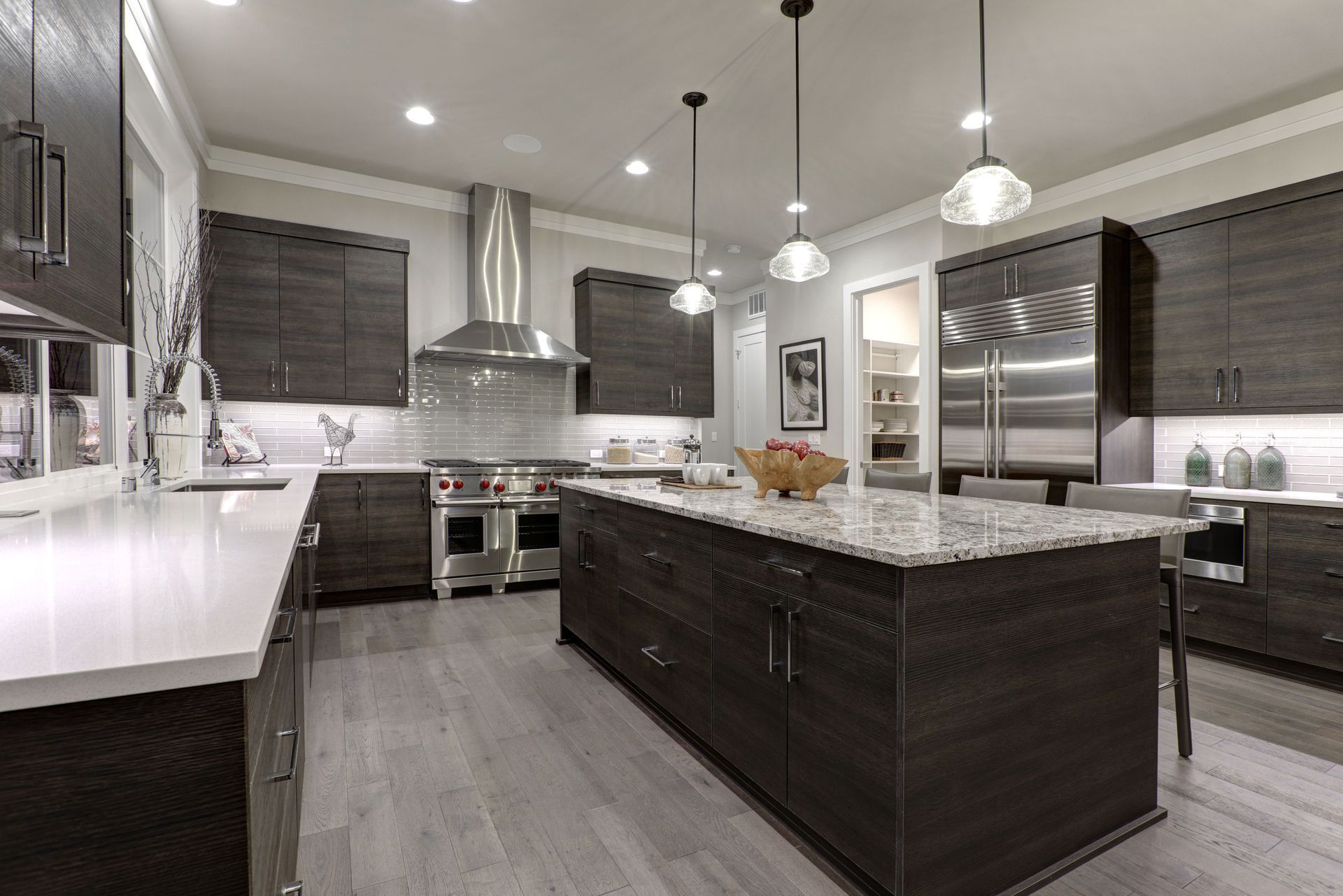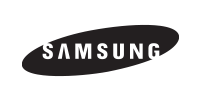October 24, 2025
The U.S. furniture industry is experiencing a period of remarkable growth and transformation. This boom is driven by several synergistic factors, ranging from economic progress to innovative designs and the expansion of e-commerce. By examining the nuances of these factors, we can gain insight into why Americans are increasingly investing in furniture and how businesses are capitalizing on these trends. As per Statista, the U.S. furniture market reached a staggering value of $247.4 billion in 2023, reflecting an impressive upward trajectory. This article will delve into the multifaceted elements contributing to this boom, providing a comprehensive overview of this dynamic industry.
1. Economic Growth and Increased Consumer Spending
The robust growth of the U.S. economy has sparked a wave of increased consumer spending, which has positively impacted the furniture industry. Steady GDP growth has bolstered consumer confidence, encouraging individuals to invest in home furnishings. As people's financial outlook improves, there's a natural tendency to allocate more budget towards upgrading the home environment. Moreover, the rise in disposable income gives consumers the liberty to make discretionary purchases such as new furniture. This economic prosperity has created a favorable environment for the furniture industry to thrive.
Individuals are not only spending more on their homes but are also benefiting from a low unemployment rate, which further enhances their purchasing power. The positive employment landscape has generally led to increased job security and financial stability. In turn, this fosters a propensity for homeowners to invest in quality furniture that reflects their personal style and comfort needs. Monetary policies, including low-interest rates, have also made financing large purchases, including furniture, more accessible. Stimulus packages have injected liquidity into the market, providing temporary boosts to consumer spending, thereby benefiting the furniture sector as well.
Overall, these economic factors have yielded a steady rise in consumer demand across the furniture industry. As businesses tap into these fiscal opportunities, many are expanding product lines and enhancing marketing strategies to capture a larger market share. The collective impact of these economic components reinforces the current boom, demonstrating the resilience and adaptability of the furniture sector. With consumer habits increasingly oriented towards home improvement, the outlook for the furniture industry continues to brighten. These financial developments underline the significance of a strong economy in sustaining the growth of the U.S. furniture market.
2. Innovation and Design Trends
Innovation in the field of furniture design has played a critical role in the industry's booming success. The rise of smart furniture, which integrates technology into design, has particularly captivated tech-savvy consumers seeking modern solutions. These advances include everything from charging stations embedded into tables to app-controlled lighting furniture. Such smart innovations not only appeal to a younger demographic but also improve the functionality of living spaces. These developments exemplify how the furniture industry adapts to the evolving lifestyles of its customers.
The interest in sustainable and eco-friendly designs has surged as environmental awareness grows. Many consumers are increasingly inclined to purchase furniture made from recycled materials or sourced from sustainable forests. Eco-friendly furniture design addresses the conscientious consumer's desire to reduce their environmental footprint while enjoying stylish home decor. Additionally, the trend towards customization and personalization allows individuals to tailor furniture to their unique tastes and requirements. This shift reflects a broader emphasis on individual expression and personal comfort in home furnishings.
Mid-century modern styles and other retrospective designs are also gaining traction, reviving interest in classic aesthetics. These styles boast clean lines, functional forms, and an understated elegance that complements contemporary interiors. Collaborative design efforts between manufacturers and designers are producing innovative and groundbreaking pieces that inspire consumers. By combining traditional craftsmanship with cutting-edge concepts, the U.S. furniture industry is cultivating a dynamic marketplace. These design trends illuminate the industry's ability to balance tradition with innovation, capturing consumer excitement and sustaining growth.
3. Expansion of E-commerce Platforms
The expansion of e-commerce platforms has significantly contributed to the growth of the U.S. furniture industry. Online shopping provides unparalleled convenience, offering consumers a myriad of options from the comfort of their own homes. The ability to effortlessly compare prices and styles has empowered consumers, making online platforms a dominant force in furniture sales. Direct-to-consumer (DTC) business models further capitalize on this trend by bypassing traditional retail, thereby reducing costs and offering competitive pricing. This streamlined approach aligns with consumer expectations for a seamless shopping experience.
Technological advancements such as virtual and augmented reality have revolutionized the way consumers shop for furniture online. These tools enable potential buyers to visualize how pieces will fit and look in their own spaces, removing much of the guesswork involved in purchasing furniture. Enhanced delivery and logistical systems ensure that furniture arrives quickly and safely, mitigating some of the challenges previously associated with online furniture purchasing. The role of social media marketing cannot be underestimated, as platforms like Instagram and Pinterest fuel consumer interest and engagement. Collectively, these elements fortify the presence of e-commerce in the furniture industry.
This shift towards online platforms is reshaping consumer habits, as more people opt for the ease and flexibility of digital shopping. Retailers are responding by improving their online presence and investing in scalable technology solutions. As a result, the expansive reach of e-commerce is leveling the playing field, allowing both established brands and emerging startups to thrive. Consumers are benefiting from increased accessibility, transparency, and choice, further driving industry demand. This e-commerce evolution illustrates the indispensable role of technology in fostering the growth of the U.S. furniture market.
4. Urbanization and Housing Market Trends
Urbanization has been a key driver in the expansion of the U.S. furniture industry. As more individuals and families move into urban centers, there is an increasing demand for furniture suited to compact and versatile living spaces. This trend is particularly evident in the rise of multi-functional furniture that maximizes the use of available square footage. Urban living often necessitates space-saving solutions, leading to the popularity of pieces like expandable dining tables and modular sofas. These urban trends are prompting furniture companies to design innovative products that address the unique challenges of city dwellers.
The housing market has also played a crucial role in shaping furniture industry trends. Real estate developments, combined with favorable mortgage conditions, have amplified homeownership, particularly among millennials and Gen Z. This shift has spurred increased spending on furniture as these younger groups outfit their first homes. Moreover, the growth in co-living and co-working spaces has influenced demand for durable, stylish, and functional furniture. These spaces seek to accommodate diverse needs, reinforcing the necessity for flexible and adaptable furniture solutions.
As the nature of housing and workspace continues to evolve, the furniture industry must adapt to meet these emerging demands. The urbanization trend underscores the importance of design ingenuity in crafting furniture that complements contemporary living environments. By addressing the needs of modern urbanites, the industry is tapping into a significant market segment with growth potential. The alignment of housing market dynamics with furniture innovations highlights the interconnectedness of these sectors. Together, they paint a promising picture of continued industry expansion.
In summation, the U.S. furniture industry's boom is underpinned by a confluence of economic factors, innovative design trends, and an increasingly digital and urbanized consumer base. As economic growth fuels consumer spending, and technological advancements redefine shopping experiences, the industry continues to capitalize on these trends. Simultaneously, housing market dynamics and lifestyle shifts towards home personalization highlight the enduring consumer demand for furniture. With the U.S. furniture market valued at $247.4 billion in 2023, according to Statista, the prospects for continued expansion remain strong. By understanding and leveraging these diverse factors, the industry is poised to sustain its upward trajectory in the coming years. Be sure to reach out to MC Appliances today for more information on our professional scratch and dent appliances!









